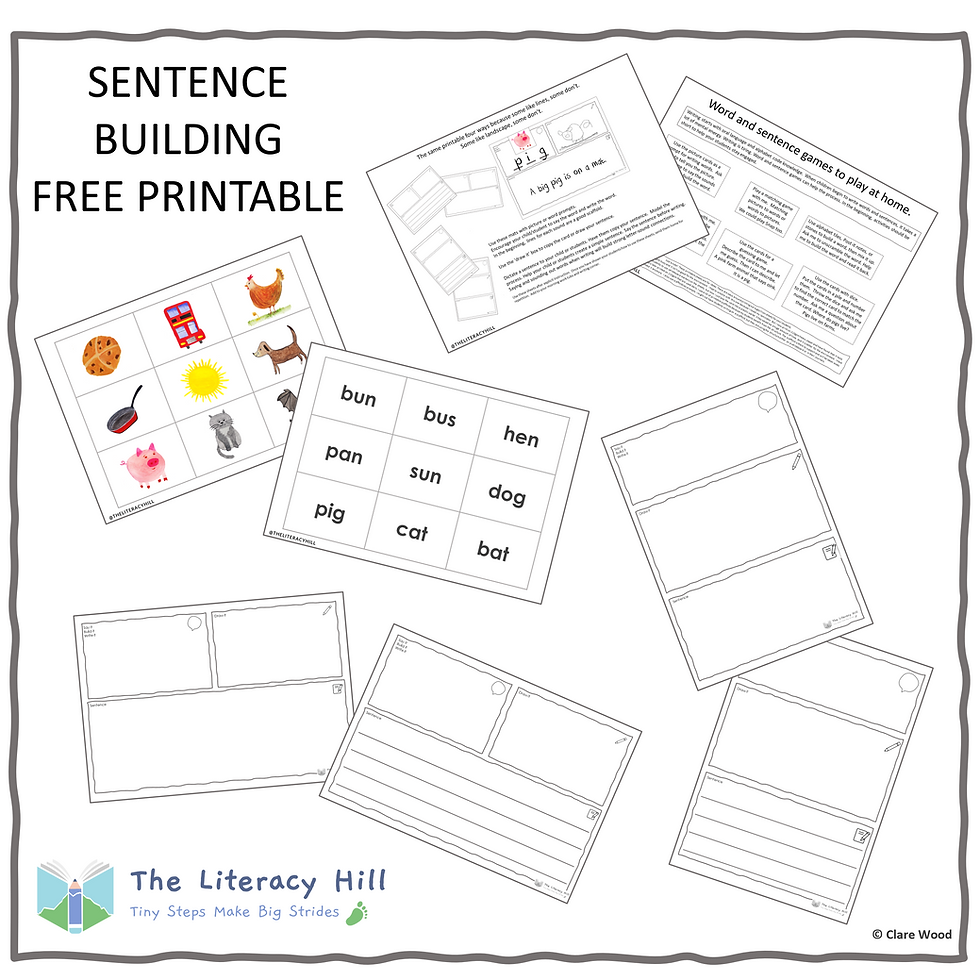CREATE YOUR OWN COMICS
- Developers Devzmelbourne

- Sep 5, 2022
- 2 min read

Comic book making is the perfect activity for character development, dialogue and story sequencing at home. Comics and graphic novels are brilliant for engaging all age groups. Comics are Reading Adventure number 5.
We had a blast making our own comics! Comics are playful and engage all with their colourful pictures and sharp dialogue. Some might say that comics are a lesser form of literature, but I don’t agree. Comic books are a fantastic resource for teaching children all about dialogue and the inner voice. Creating comic strips engages little learners in the process of character development and verbally sequencing a story. Comic books encourage reading and writing for reluctant learners too.

Comics are fun
In the prewriting stage, talk with your child about the story they want to create. Once your child has a story in pictures help them create dialogue for their characters. Encourage your little learner to dictate the speech or thoughts of each character and you can scribe so your child sees their story in print. Discuss the difference between speech bubbles and thought bubbles—what are your characters saying out loud and what is going on with their thoughts? Comic books are a great resource for reluctant writers, engage your child in conversation about the dialogue that goes on between the characters.

The pictures act as a scaffold for writing

If you have older children, comic books are an amazing way to discuss dialogue between characters, feelings, thoughts and actions. As comics are an informal writing style they really play to reluctant writers as the story is driven by the pictures. The pictures help all writers sequence their story without the need for words.
You can also use the speech and thought bubbles to add dialogue to a wordless picture book or add new dialogue to one of your favourite stories. This is also a brilliant trick for reluctant writers, as they don’t have to create their own story. The story is already there.








Comments